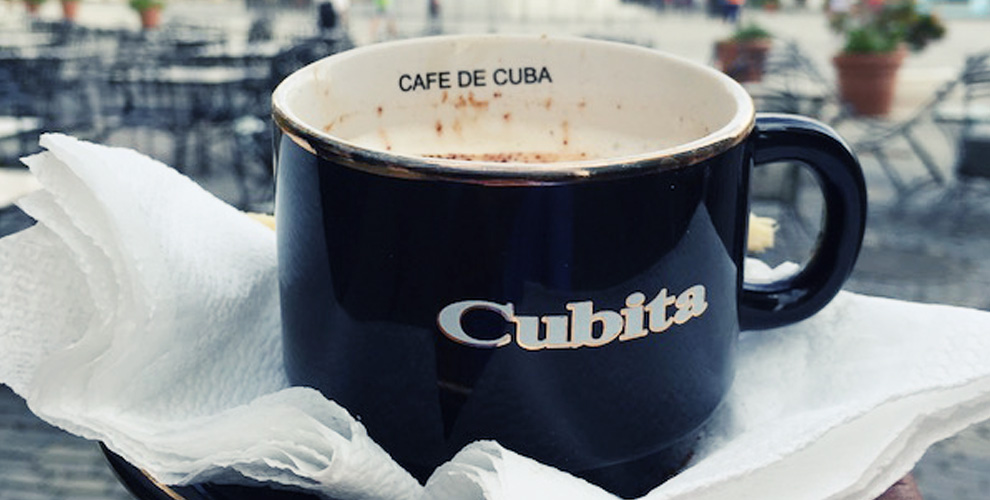When I speak to friends of South Asian heritage about gulab jamun, almost each one has a visceral memory of this sweet, sticky dessert. I hear childhood stories of kids waiting eagerly as their moms prepare them, some sneaking in a few balls before dinnertime and getting caught because of the syrup trail.
My association with gulab jamun is more of a visual one. Whenever I walk by food shops selling Indian or Pakistani food, I am instantly drawn to the dessert larders (go figure). Behind the glass would sit beautiful mounds of cakes and candies of saffron and pink, mostly studded with almonds or cashews, dusted with coconut and icing sugar.
Invariably, my gaze would shift to the tureen housing these glistening amber hued balls… floating in a rose-scented syrup. You just know they’re saturated and poised for that first bite when a small symphony of sugary, milky, flowery flavours goes whoosh in your mouth.
I believe it’s that simple amalgamation of milk and sugar that makes this treat so sickeningly good. Gulab jamun translates to rose berries. The first half of its moniker refers to the syrup, a simple reduction of sugar with rosewater, while jamuns are a kind of berry found in India.
The balls are traditionally made from khoya, or milk solids. A popular ingredient in Indian cuisine, khoya is sold commercially in big hunks resembling cheese. It can also be made at home simply by boiling milk until all the liquid evaporates and only the curd remains.
The khoya is mixed with some flour, cardamom powder, baking soda and water to form a soft dough, from which little balls are formed before being deep fried in oil (or ghee for extra flavour). And here’s the real pressure point. It’s essential for the oil to be hot but the flame to remain low – so the gulab jamuns cook all the way through while maintaining a uniformed golden colour outside.
Needless to say, there’s always an easier way. If grating khoya is not your thing, or if it’s not available, powdered milk is an acceptable substitute. I also know of some home cooks who use paneer, another form of milk solids. But the biggest shortcut of them all is to resort to prepackaged gulab jamun mix – simply add water and fry.
The final step is perhaps the most excruciating… leaving the gulab jamuns for a few hours as the balls sit and stew in syrup to gain their candied fluffiness. I guess this helps to explain why they’re popular at restaurants and so widely available at bakeries and sweet shops.
You can cut the torture of waiting and skip to the part where you gobble the entire ball in one mouthful… then blissfully float away.
** A version of this article appeared in the magazine Qatar Happening **







